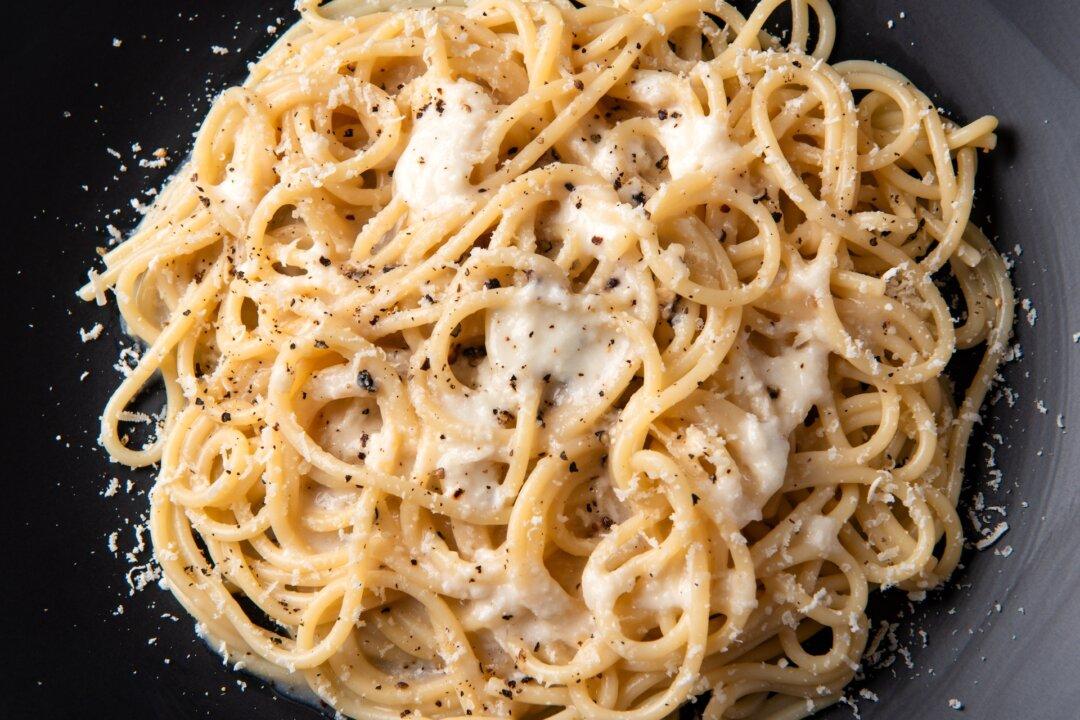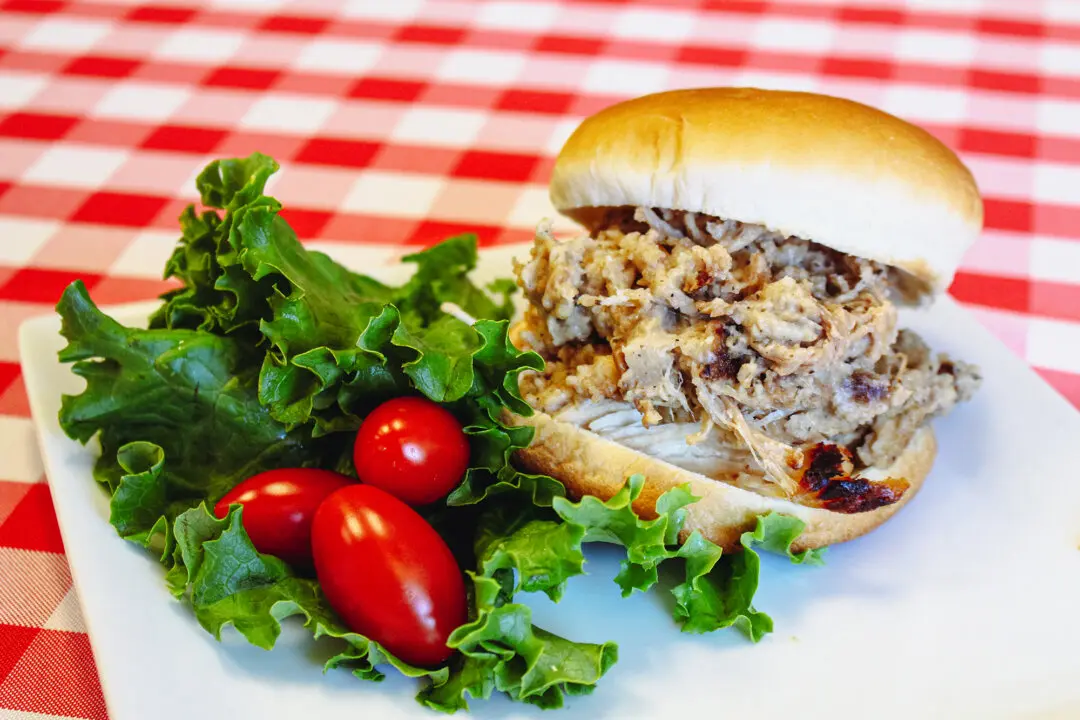There is elegance in simplicity. And in this classic Roman pasta dish, there is also abundant flavor.
Cacio e pepe originated among shepherds who ate sheep’s milk cheese and dried pasta, and the name is the recipe: cheese and black pepper. The modern Italian word for cheese, formaggio, originated in ancient Greek and passed on through Latin and into the Romantic languages. The meaning of these roots was “form” or “shape”—in this case, the shape of pressed curd into a mold. The word “cacio,” however, is still used for some cheeses, especially in southern Italy, and it comes to us directly from the Latin word for cheese: caseus.





